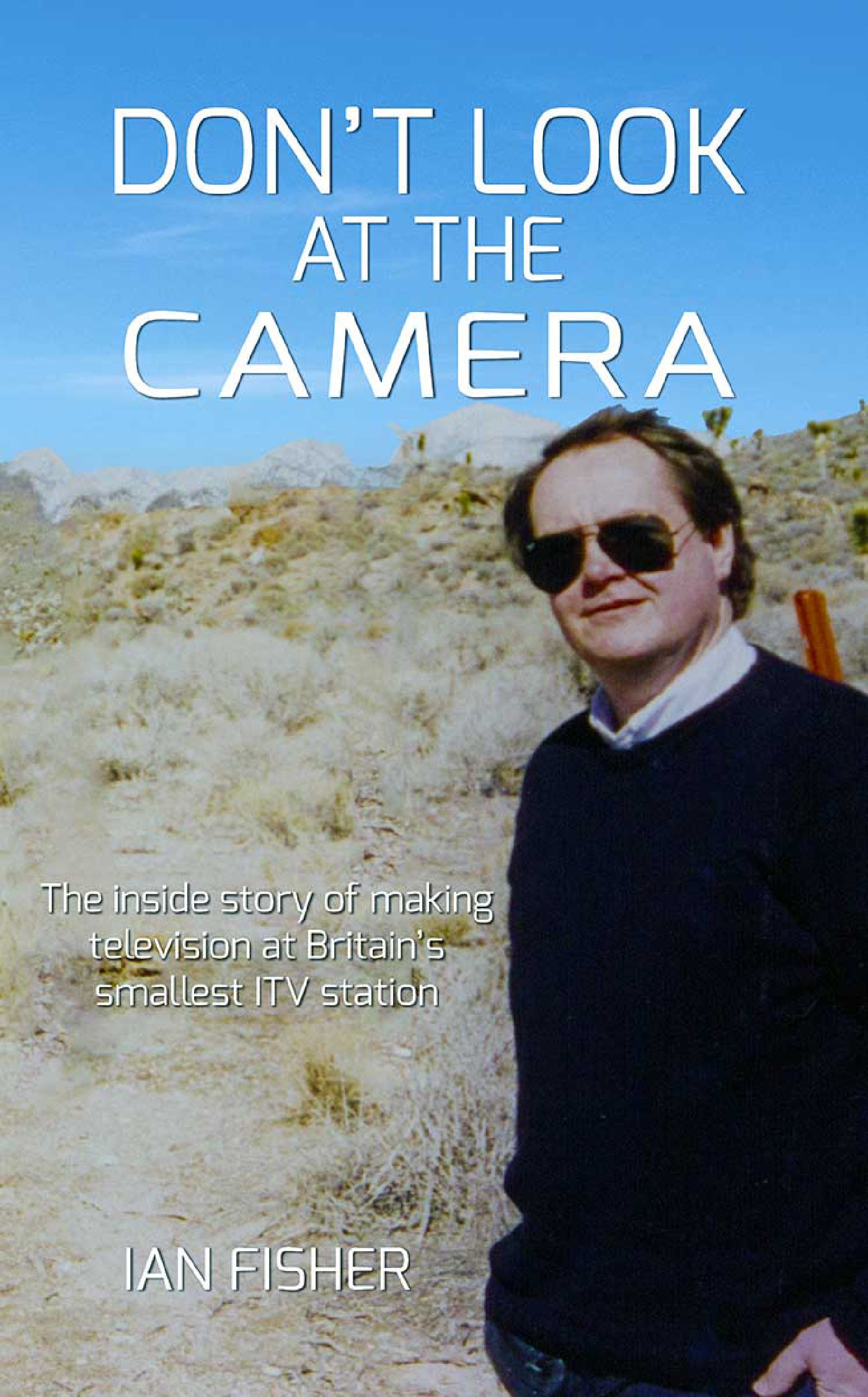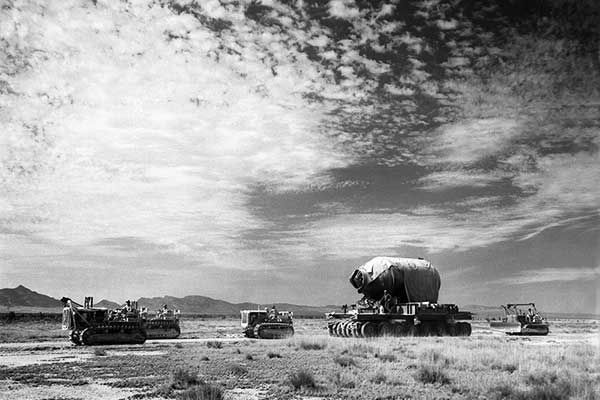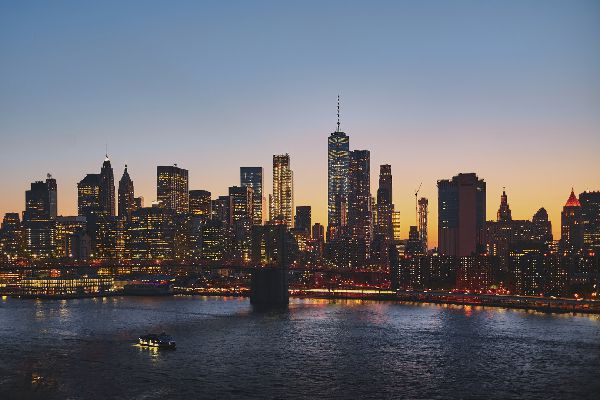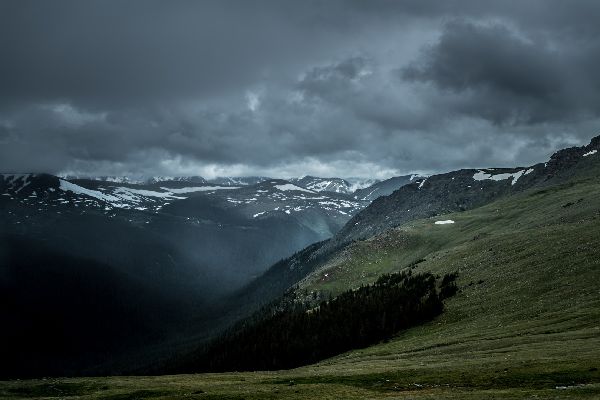Don't Look at the Camera
The Inside Story of Making Television at Britain's Smallest ITV Station

This book tells the extraordinary inside story of what it’s like to spend a lifetime making television. Ian Fisher is an international award winning producer/director who started his television career as a news reporter and presenter. This first volume of his memoirs is an often hilarious, sometimes emotional journey through a series of adventures, regular occurrences in his working day.
As a reporter he impersonated a cabinet minister to secure an interview with the Home Secretary, searched for Richard Branson’s balloon at the end of his record-breaking trans-Atlantic flight, faced down a farmer who threatened to shoot him with a shotgun, and led the first television crew into Lockerbie after Pan Am Flight 103 crashed onto the town.
His programme-making exploits have been no less interesting, leading to encounters with some of the world’s top experts in their specialisms. He tells of Dr Edward Teller, mastermind behind the US hydrogen bomb project, whose first encouraging words on meeting him at the end of a five thousand mile journey were, “You know I don’t want to do this”, and of how Teller's inspiration led to a radioactive relic of the Cold War finding its way to an innocuous garden on a housing estate on the Isle of Man.
Fisher says he’s been lucky that the predominant sound in the crew vehicles and edit suites he’s worked from has been laughter, and it finds its way into this book. But it’s not exclusively a light-hearted take on life.
His involvement in covering the funeral of an 11 year old girl, murdered by a serial killer who the police took years to track down, is a heart rending story. And the description of events at Lockerbie on the night of the crash and over the subsequent days gives a unique insight into the pressures and dangers faced by journalists and crews reporting on world-level events.
Fisher has picked up a wide range of awards over the course of his career, including two medals from the prestigious New York Film & Television Festival, and his knowledge and experience are woven into the very fabric of this book. Don’t Look at the Camera will have you laughing and weeping. But you’ll also marvel at how much one person can fit in to a single life.

In a chapter which explains why cameraman Eric didn't win anything at the Manx Hopping Championships, tells the story of a farmer who wanted to shoot him with his shotgun, and reveals the Milton Keynes roundabouts based on tea cups, Fisher owns up to events surrounding the theft of the police sandwiches and how he impersonated Princess Anne.

Dr Edward Teller was a Hungarian-American scientist who worked on the Manhattan Project and later went on to mastermind the US Hydrogen bomb programme. This chapter tells the extraordinary story of how an inspiring interview with the man led to a radioactive relic of the Cold War ending up in a back garden on the Isle of Man.

All things aeronautical as Fisher takes to the air. He pilots an RAF fast jet with the Chief of the Defence Staff to the annoyance of the Civil Aviation Authority, tracks down Richard Branson in the skies above Northern Ireland after a balloon flight across the Atlantic, and makes unfortunate contact with a chimney pot during his own balloon flight in Staffordshire.

Breakfast in America is a wondrous experience, though the ordering process can be very stressful. In chapter four, Fisher is off to the US carrying a side of salmon under his arm. covering for a studio crew who've gone AWOL. On the way he has an encounter with the local fire precinct and learns how to snare reluctant bankers on Wall Street.

The fun comes to an end in a chilling final chapter. As a young reporter, Fisher is sent to cover the funeral of an 11 year old girl abducted and murdered by a serial killer. He then goes on to relate his involvement in reporting the Lockerbie Disaster, when he took the first television crew into the town in the hours following the downing of Pan Am Flight 103.